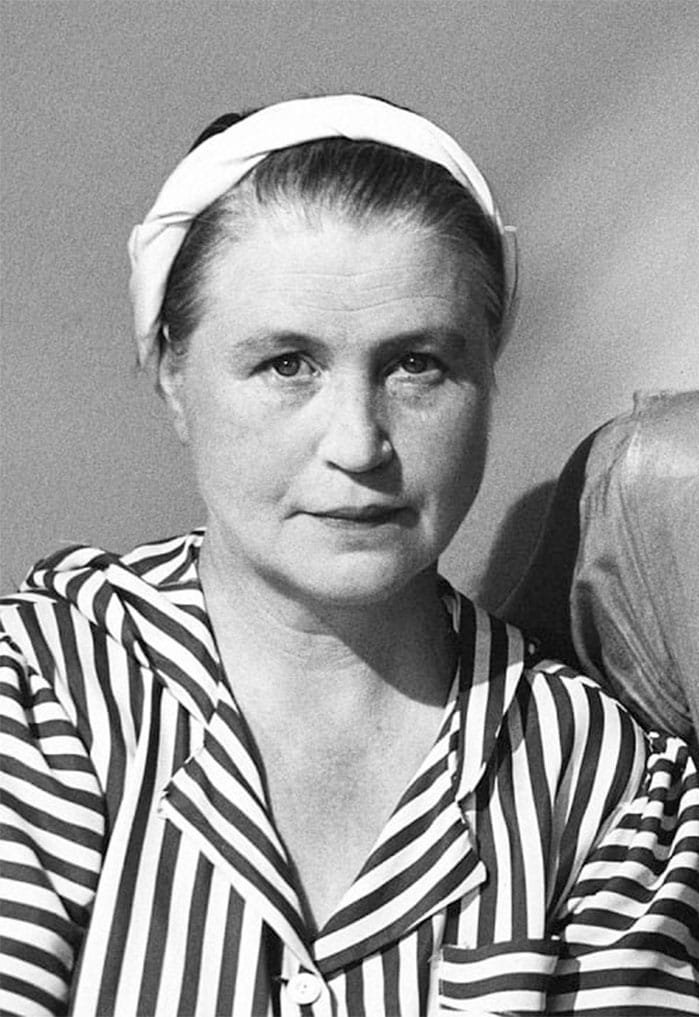#WomenDesign: Aino Marsio
#WomenDesign: Aino Marsio
Aino Marsio (1894-1949) was one of the first female architects in Europe, but she lived in the shadow of her husband, the Finnish architect and designer Alvar Aalto. As a designer, she made history in the world of glassware and created innovative pieces (furniture, glass objects, lighting…) acclaimed for their aesthetic simplicity.
In 1913 she graduated as an architect from the Helsinki Institute of Technology, her hometown, and she began her career working in the studio of architect Oiva Kallio. In 1924 she decided to move to the studio of Alvar Aalto whom she married six months later.
As a solo designer, one of her greatest successes was the glass series Bölgeblick (1932) edited by her Iittala with which, in 1936, she obtained the Gold Medal in Design at the VI Milan Triennial. The collection, whose conception is highly linked to mass production methods, became very popular and is still in production today.
Together with Alvar Aalto, she participated as an architect in some of the most important projects attributed, initially, solely to the architect: the Sanatorio Paimio (1933), the Savoy Restaurant (1937) and the Villa Mairea (1937), whose interior design and furnishings were created by Marsio.
They also exhibited at the Minimun Apartment Exhibition in Helsinki in 1930. They designed a modern home designed for the new society that was taking shape, in which Aino created its most innovative element: the “Minimal Kitchen”, whose design saved time and space, had resistant and continuous surfaces that facilitated cleaning.
In 1935, the Aalto family founded Artek, a firm dedicated to the creation of minimalist lighting and furniture pieces with a very careful aesthetic, in which art and technique are combined (hence its name). Aino was first the creative director of the brand and, from 1941, its general director, until her death. Among her designs from this stage are the Side Table 606 (1932), originally designed as a stool to change shoes, the Armchair 26 (1932) and the table 95 (1935).





